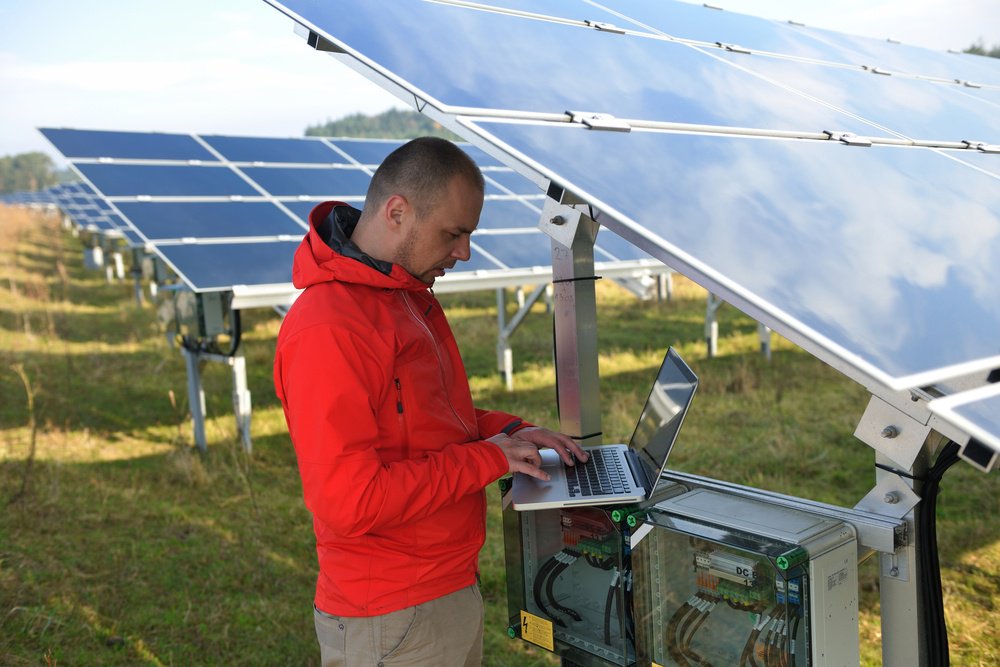Before I answer the main question, let me set the stage as a background to understand the trends. Solar energy is such a vast energy resource that it can be used for any of our everyday needs, including electrical power, heating and cooling, water heating, industrial process heat, cooking, transportation, fuel production and even environmental clean-up.

It comes to us as radiation which is pure energy (no mass associated with it), which is the highest form of energy and can be converted to many other forms for our everyday use. A tiny fraction of the solar energy that falls on the earth is sufficient to take care of all of the needs on the earth (for details please see Chapter 1 of Principles of Solar Engineering, 3rd Ed. By D. Yogi Goswami, CRC Press). However, it is available only during day time, and even during day time it is not available during cloudy and rainy periods.
So it is obvious that if we are to depend on solar energy for our needs, we must be able to store it efficiently and cost effectively. By the way, wind, biomass, ocean energy, hydro etc. are the indirect forms of solar energy, that is, nature converts solar energy to these forms for our benefit. Even fossil fuels are a stored form of solar energy, which nature stored for us over millions of years for use during emergencies (that is our savings account), although we as humans have been using them exclusively and exhausting them, while throwing away the incoming solar energy (our income).
So the research goals for solar energy have been and continue to be:
1. Increase the efficiency of conversion to other forms while also reducing the cost.
2. Store energy more efficiently and reduce the costs.
3. Find newer ways to convert solar energy to useful forms.
Since electricity has become the preferred form of energy for almost all of our needs, a major emphasis in research has been on increasing the efficiency of conversion to electricity and reducing the costs. There are two main methods of converting solar energy to electricity – photovoltaics (PV) and solar thermal power (commonly known as CSP, acronym for concentrating solar power).
Read more: Forbes


